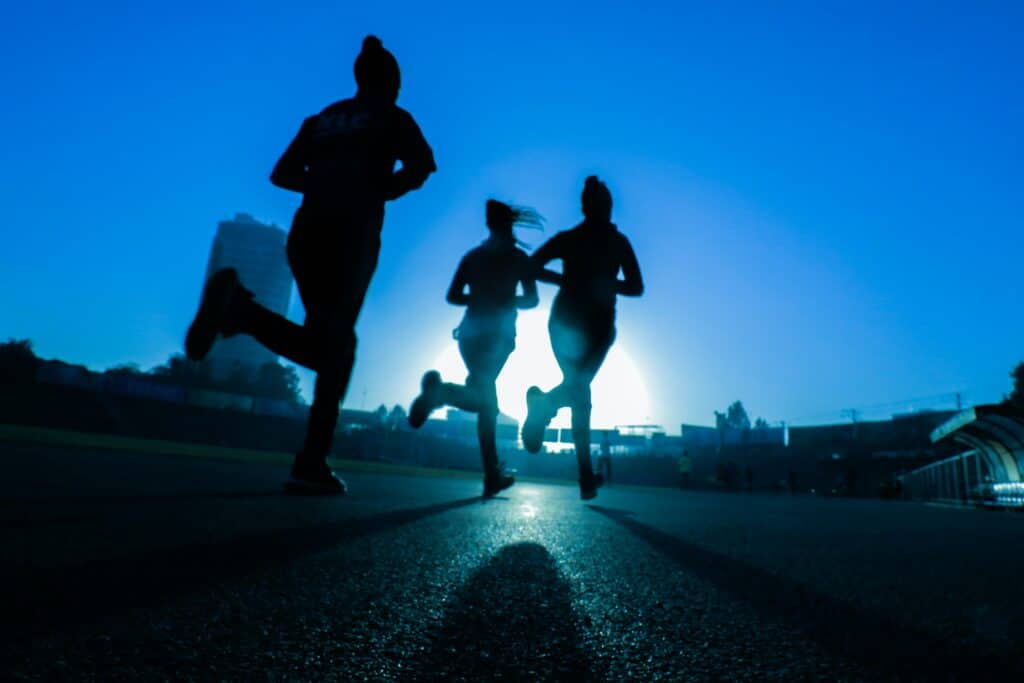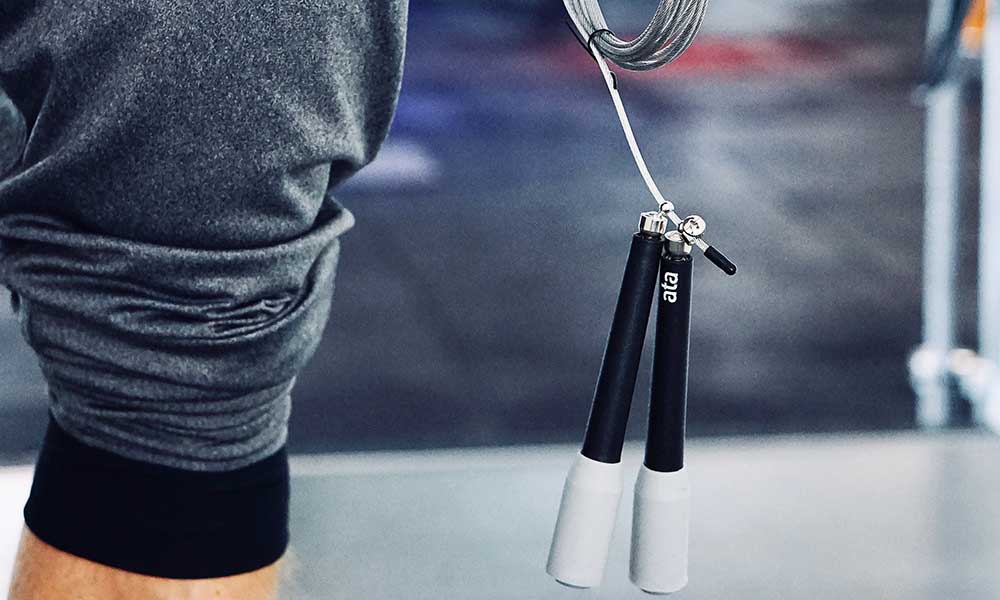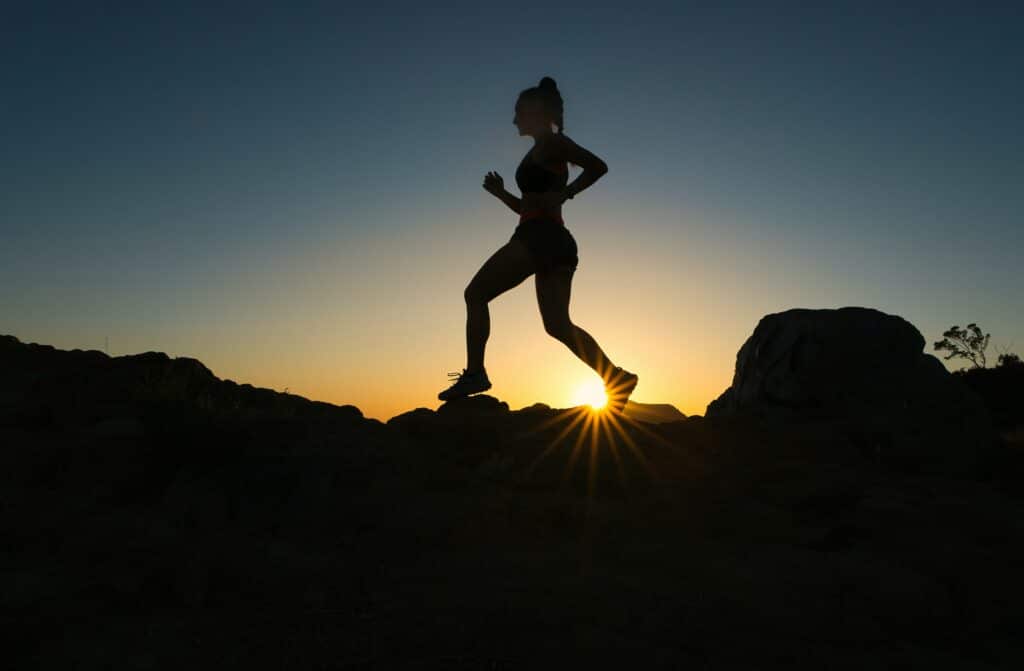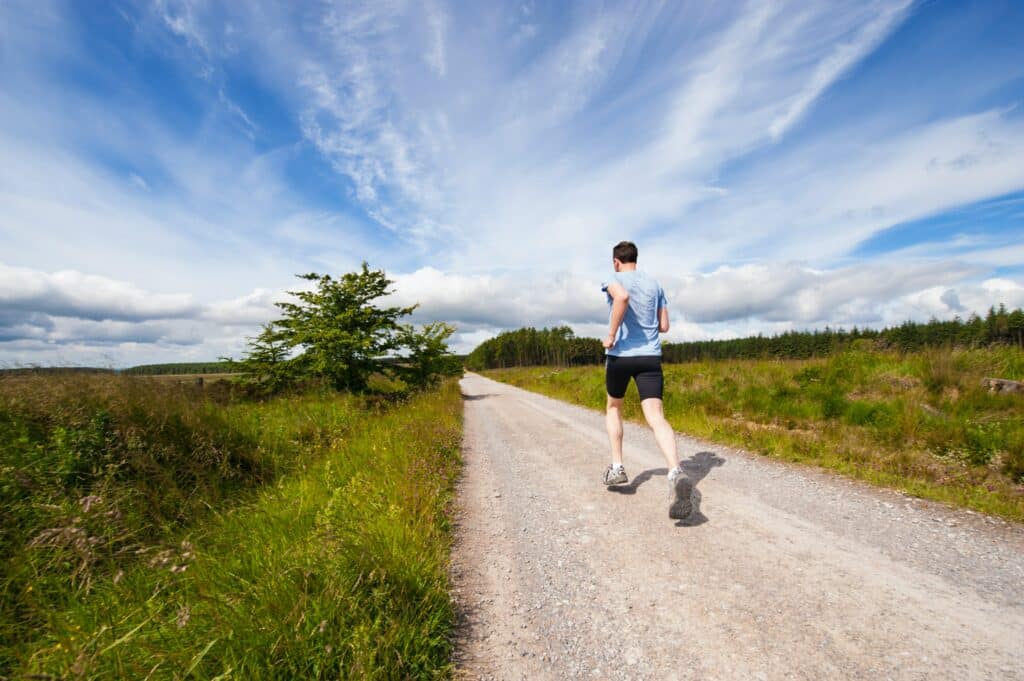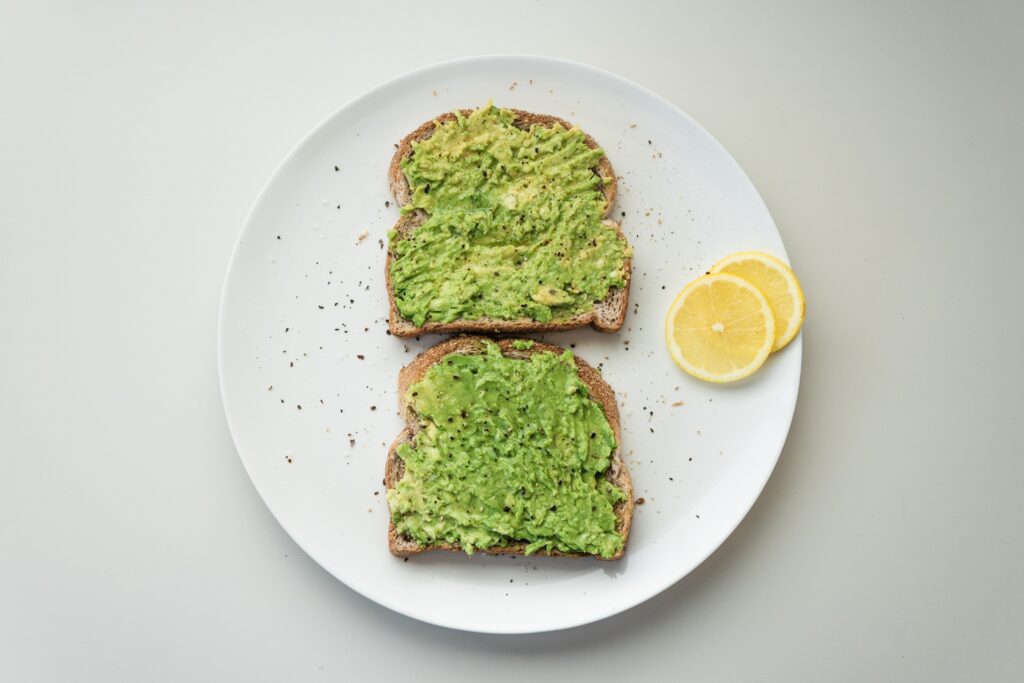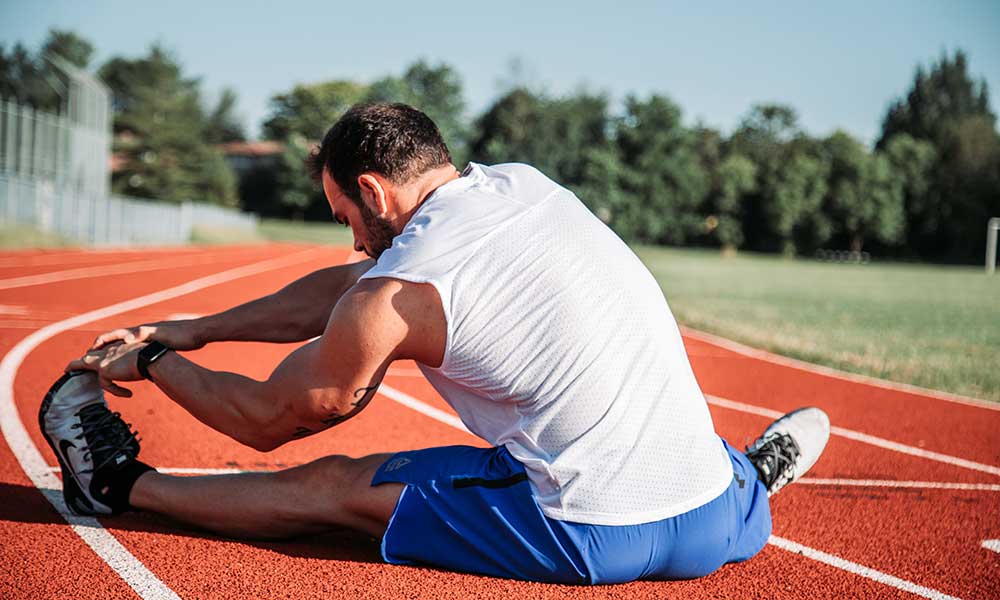The most obsessed-over metric for a runner is their average mile pace during their run. All run tracking websites and devices include this metric so you can keep track during your run as well as measure your progress from one run to the next.
So, how long does it take to actually run a mile? The answer is different for every person.
The average time it takes to run a mile is between 9 and 10 minutes while beginning runners may be closer to the 12-15 minute range. Elite runners can complete a mile in 4-5 minutes.
The current women’s world record for a mile is held by Genzebe Dibaba from Ethiopia at a time of 4:13:31 and was set in 1976. In 1999, Hicham El Guerrouj from Morocco set the men’s world record at a pace of 3:43:13.
What affects your mile pace?
As you can imagine, there is a big difference in the average pace of an elite marathoner versus an amateur runner or a total beginner. Also, there are other factors that you may or may not have control over.
Overall distance
The pace that a runner can run just one mile will be very different from the pace they set for themselves during a longer race like a marathon. You’ve probably heard the saying “pace yourself” which perfectly applies in this case.
When running longer distances, most runners can’t sustain their maximum speed for that amount of time, so they run a bit slower to save energy for the rest of the exercise or race. Your training should focus on finding a pace that you can maintain over the distance of the race while still finishing strong.
Age
Unfortunately, as we get older, we also notice a decline in physical ability. So, for avid runners, their speed and ability decline with each passing year.
For some, though, it is possible to get better with age. If you’re in your 30s and 40s and have not been running or active prior, you will get healthier, faster, and stronger as you begin your running career.
The potential slowdown as you age doesn’t have to be the end of your running. It may just be time to focus on new goals. Try reducing your average pace so you can run longer distances or switch from road running to trail running for a different kind of adventure.
Just because you’re not the same runner you were when you were younger, the benefits of continuing an active, running lifestyle can still be plentiful. So, keep up the training but set different expectations and goals.
Terrain
World records in the running world are typically set on tracks that are flat with an even surface or during races, like the Berlin Marathon, that are known for being flat and fast. Many of us live in places that are hilly or have uneven terrain.
Running up hills can and will affect your pace per mile. The good news is, though, that training to be a strong uphill runner will grow your leg muscles in ways that running flat will not. Then, when you get out on a flat run, your pace should be faster and you will have greater endurance.
If you are running in more rugged terrain, like on single-track trails, your pace will likely be slower as you have to be more deliberate about each step and your footing. Again, this type of training, while slower, can lead to an increase in balance and muscle and make you faster and stronger in the long run (pun intended).
Clothing
Do you remember getting a new pair of shoes as a child and feeling like you could jump higher or run faster as soon as you put them on? Well, the right pair of running shoes may actually help you do just that.
Running in shoes that don’t provide the right support for your legs and feet and don’t work for your gait may actually be slowing you down. Take a stop at your local running store to spend time with a professional to discover the right running shoe for you.
Also, keep in mind the rest of your clothing. Make sure to find running clothes that are comfortable and well-fitting so you can have the freedom of motion you need to move.
5 tips to run a faster mile?
As runners, our goal of training is to always be getting faster and stronger, which means improving your average pace per mile.
Before you begin, it’s good to know your actual speed so, using your exercise tracking device, run a mile so you can know your time. It’s helpful to run on a course that is as flat as possible. If you don’t have a device, no worries, simply head out to a public track at the local high school or college with a stopwatch and run four laps.
Once you have your time, you’ll want to set a goal to work towards. Maybe you ran a mile in 10 minutes. Set incremental and reachable goals for yourself. Maybe 9 or 9:30 is a good goal for you to work towards to start, then you can change your goals over time.
Now that you have a goal in mind, here are some steps to reach that goal and run a faster mile:
Run farther than a mile
To run a faster single mile, you should train running at distances closer to 4-6 miles or even longer if you’re an experienced runner. This distance training will increase your endurance and give your body more able to push for speed when running short distances.
Hill sprints
Running uphill is a great way to get faster. At least two times a week, do hill sprints. This will grow your leg muscles and give you a bigger burst with each step, thus increasing your speed.
Pick any hill near you. Run a portion of it, or to the top at 85% of your max speed, then slowly jog or walk down to the bottom to recover. Or you can pick a course with several hills in it making sure to sprint each hill and recover in the downhill or flatter portions.
You can also practice on stairs if you don’t have any hills nearby.
Improve lung capacity
The better your lung capacity, the faster and stronger you’ll be able to run. Your lungs are responsible for getting oxygen to your muscles. Ways to increase your lung capacity are to run longer distances and run at higher elevations. Swimming and cycling can also help with this.
Find a running partner
Running with others is a great way to increase your speed. We tend to pick up the pace when we run with others whether due to innate competitiveness or just a little added motivation.
And, if you choose to run with people that are faster than you, you will have to push yourself to increase your speed in order to keep up.
Race yourself
Run a one-mile race each week in the same place so you have the ability to accurately compare your efforts. Time yourself each week and record your mile time. The goal is to beat last week’s time to see if your training is working.
Make sure to warm-up prior to this race using dynamic stretches and a light jog. The last thing you want to do is pull a muscle or incur some other type of injury.

